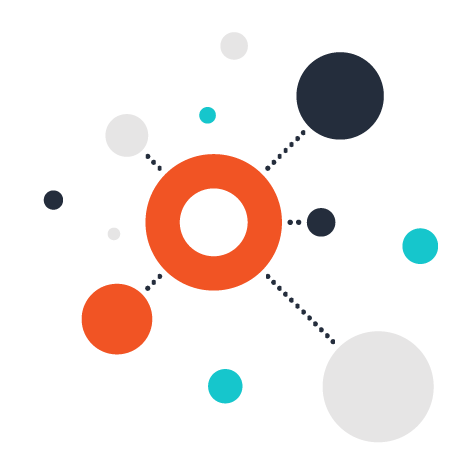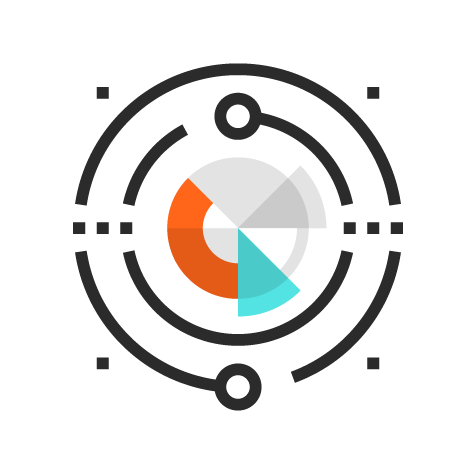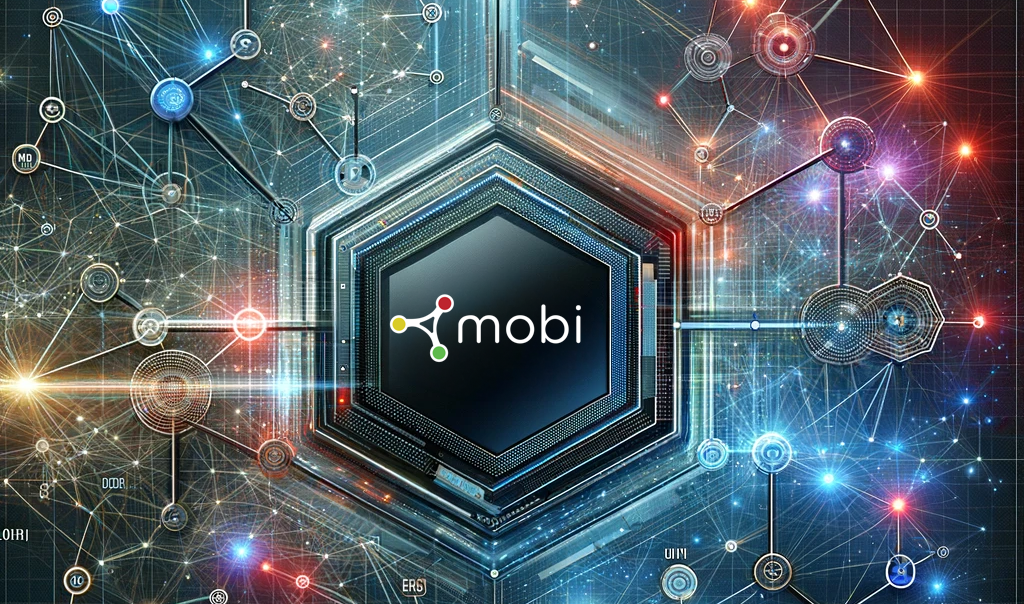What is a Knowledge Graph?
Embarking on the ever-curious journey into the world of knowledge graphs, one might find themselves uttering the age-old question, “What is a knowledge graph?” It’s a question so frequently asked that the seasoned data enthusiasts might play a round of knowledge graph bingo during seminars. So, let’s acknowledge the elephant in the room – the query that echoes through countless conference halls and virtual meetups. A knowledge graph is not some mythical creature that reveals itself only to the chosen few; it’s the superhero cape of data, seamlessly weaving relationships and connections between diverse pieces of information.
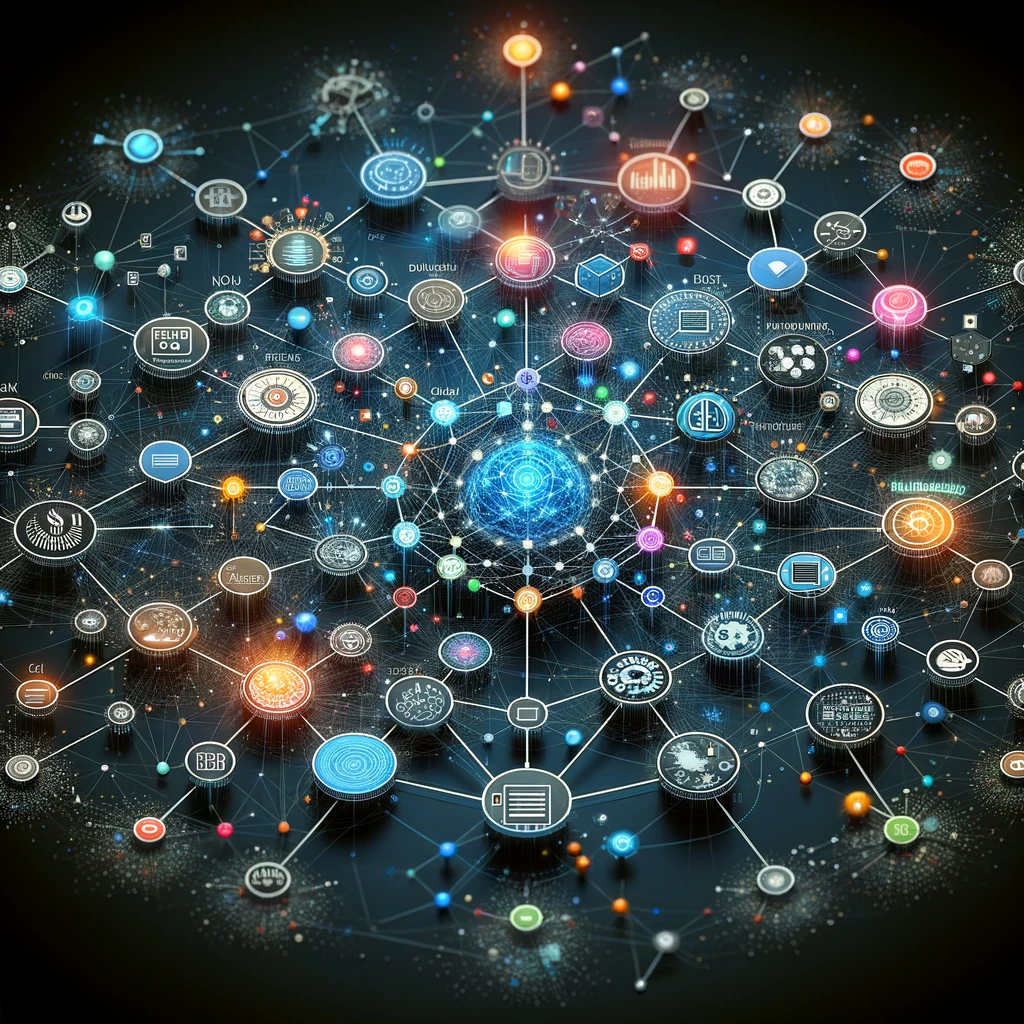
A knowledge graph is a powerful representation of data that captures relationships and connections between various entities in a structured and interconnected manner. At its core, a knowledge graph organizes information in a graph-like structure, where nodes represent entities (such as concepts, people, or places), and edges denote relationships between these entities. This structure enables a holistic and context-rich understanding of data, fostering a more intuitive and meaningful way to navigate information. In a knowledge graph, data is not isolated but is linked together, allowing for the creation of a semantically rich web of interconnected knowledge. This interconnectedness enables the exploration of complex relationships, uncovering insights that may be challenging to discover using traditional relational databases or flat data structures.
Knowledge graphs are inherently dynamic and evolve over time, accommodating new information and adapting to changes in the underlying data and analytic perspectives. Mobi’s novel, graph-native versioning provides a robust means to accommodate these changes. As the lens through which a business perceives its data evolves, knowledge engineers can apply the same rigor they do with software to their ontological models.
How is this Different than a Knowledge Base?
A Knowledge Base is a broad term describing a system utilized for general knowledge management. At its core, a Knowledge Base is a repository of information that is typically structured in a hierarchical or categorical manner. It often follows a more traditional database or file system model where information is organized into categories and subcategories. These types of knowledge bases are effective for storing and retrieving data but may face limitations when capturing complex relationships and contextual nuances. Many Knowledge Bases are implemented using an ecosystem of tools, spanning Content Management (e.g. Drupal, etc.), enterprise search (e.g. Elasticsearch, Solr, etc.), database management systems (e.g. PostgreSQL, MSSQL, etc.), and others.
A Knowledge Graph clearly falls into the broad mold of a Knowledge Base; however, it represents knowledge in a graph-based structure, with entities (nodes) and the relationships between them (edges) explicitly defined. Knowledge graphs excel in capturing the interconnected nature of concepts and their attributes in a way that reflects real-world complexities. This structure facilitates advanced data integration, linking, and retrieval capabilities, making knowledge graphs particularly useful for applications requiring rich semantic querying, data interlinking, and inference.
“…understands real-world entities and their relationships to one another: things, not strings.”
Amit Singhal, SVP Engineering @ Google in 2012
This graph-based structure not only facilitates the interoperability of data across different domains and sources but also enriches the semantic contextualization of each data point. In a knowledge graph, entities are not just stored with attributes but are also linked to other entities in meaningful ways, allowing for a richer, context-aware understanding of the data. By treating data as an interconnected web of knowledge, graph-based models inherently support a more nuanced and comprehensive exploration of information, making them a superior choice for managing complex, multifaceted knowledge bases.
Some Practical Applications
Too abstract? No problem! Consider the following use cases as good representations of where knowledge graph can be applied.
Healthcare – Clinical Study Metadata Management
Knowledge graphs offer a robust approach to clinical study metadata management due to their inherent ability to capture, integrate, and represent complex relationships and metadata attributes inherent in clinical trial data. In the clinical study metadata management space, where datasets are vast and multifaceted, knowledge graphs excel in organizing and structuring data in a semantic manner. By modeling entities such as patients, treatments, outcomes, protocols, and their interrelations, knowledge graphs provide a unified framework for aggregating and querying diverse datasets. This enables researchers, regulators, and stakeholders to gain holistic insights into clinical trial processes, identify patterns, and make data-driven decisions with confidence. Moreover, knowledge graphs facilitate interoperability and data sharing across different systems and stakeholders, fostering collaboration and accelerating research outcomes. This is a key enabler in spaces such as this where there are a variety of different organizations collaborating on the various aspects of the overall effort. With their flexibility, scalability, and semantic richness, knowledge graphs emerge as a powerful tool for advancing clinical study metadata management, ultimately contributing to the advancement of medical research and patient care.Top of FormBottom of Form

Mobi is leveraged in such a use case, as a centralized platform to track the development and interconnection of common ontologies and vocabularies, including industry standards like IDMP, as well as internally managed artifacts critical for regulatory submissions.
Finance – Fraud Detection and Risk Management
By integrating data from transaction records, customer profiles, regulatory requirements, and historical fraud patterns into a knowledge graph, financial institutions can identify suspicious activities, detect fraudulent transactions, and mitigate risks in near real-time. Knowledge graphs enable the detection of complex fraud schemes and money laundering activities by uncovering hidden relationships and anomalies within vast datasets.

Manufacturing – Digital Twin/Thread
The complexity and multi-modal nature of manufacturing data has made the continuous digital representation of assets throughout their lifecycle, aka the Digital Twin, a challenge in the past. The disparate systems and varied data formats come together under the banner of a knowledge graph to make the vision of the Digital Thread a reality. Weaving together the various emerging solutions and standards within this space into an interconnected graph lays the foundation for enhanced decision making, reduced risk, and innovative solutions such as predictive maintenance.

We have leveraged Mobi in such spaces in efforts to help represent OEM and supplier data in consistent, efficient ways. From design representations and requirements, to as-built geometry data, through quality inspection data (QIF), Mobi was used to iteratively develop a model and deploy a tool in support of closing the digital communication gap present between OEM and suppliers. Development of small internal ontologies that fused together concepts from existing standards such as MTConnect and STEP was done in support of a platform that aligned data into a knowledge graph and exposed it through a simple web-based exploration portal.
Unlocking Insights with Ontologies: Your Lens to Understanding Data
At the heart of a knowledge graph lies a powerful concept: ontologies. Picture ontologies as the lenses through which you understand information. Just as a lens brings clarity to the world it captures; ontologies bring semantic clarity to your data landscape. Here’s why ontologies are indispensable to a knowledge graph:
Semantic Clarity for Consistent Interpretation
Ontologies define the meaning of entities and relationships, creating a shared understanding. This semantic clarity ensures that everyone—from users to systems—interprets data consistently, reducing ambiguity. This consistent interpretation of data empowers interoperability, accelerates analytics, and provides a robust foundation for AI-driven optimization.
Interconnected Knowledge
Structured by ontological principles, a knowledge graph captures the interconnected nature of information. This means you don’t just see data points; you understand the rich tapestry of relationships between them, mirroring how humans naturally perceive complex information. The distillation of knowledge from a varying assortment of data requires the digestion of varying degrees of granularity and harmonization of seemingly disparate information into a cohesive representation. Ontologies allow communities to formally describe a perspective with which to represent their data in ways that enable real knowledge.
Flexible Representation for Evolving Data
Ontologies enable a flexible and extensible representation of knowledge. As your data landscape evolves, ontologies can adapt and expand, accommodating new entities, relationships, or contextual nuances without requiring a complete overhaul. This evolution is inevitable, and ontologies’ inherent ability to cope with this change stands in stark contrast to more rigid relational models.
Multiple Perspectives, Multiple Ontologies
Think of ontologies as customizable lenses. Different perspectives can be enabled using multiple ontologies or closures of multiple layers of ontologies. Diverse viewpoints or domain-specific understandings can be applied to the same underlying data, providing a nuanced and adaptable representation of knowledge.
Human-Centric Understanding
Our analogy of ontologies as lenses reflects how humans naturally understand and interpret data. Ontologies in a knowledge graph mimic the way individuals perceive information differently based on their background or context, offering a human-centric approach to formalizing data comprehension for machines.
Stability in Dynamic Environments
In dynamic environments with frequent data changes, ontologies provide stability and scalability. Their semantic richness allows for effective management of evolving data, ensuring that your knowledge graph remains relevant and insightful over time.
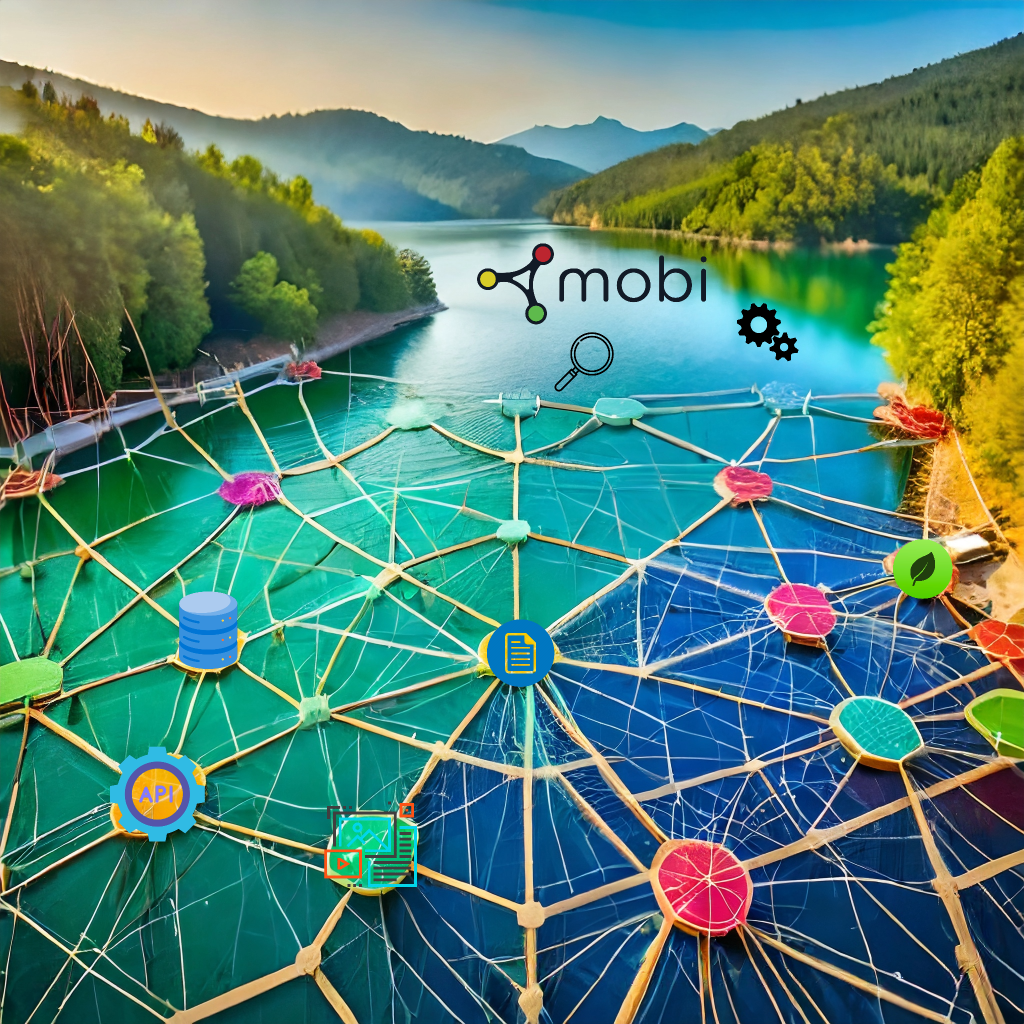
In essence, ontologies are the foundational not-so-secret-sauce, empowering your knowledge graph to go beyond conventional data representation. They are not just structures; they are your customizable lenses to unlock deeper insights and foster a more human-like understanding of your data. Welcome to a new dimension of data exploration and comprehension with Mobi.
Knowledge graphs find applications in diverse fields, across applications of artificial intelligence, data integration, and information retrieval. They serve as a foundation for building intelligent systems, enabling machines to reason, understand context, and provide more nuanced responses. The structured nature of knowledge graphs also facilitates the creation of ontologies and taxonomies, adding a layer of semantic richness to the represented knowledge. Overall, knowledge graphs play a crucial role in organizing, connecting, and extracting valuable insights from complex datasets, driving advancements in data management and knowledge representation.
Next Steps
Have a use case where you would like to apply knowledge graph? Contact us through our portal, or email us to have a conversation — we are always happy to talk tech! We have experience and relationships with many knowledge graph platform vendors and tools as well.
If you prefer to jump in and get hands on, Mobi is available to download and ready to help drop your knowledge graph work into the next gear.
